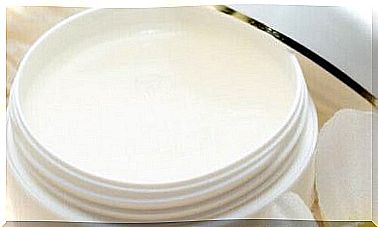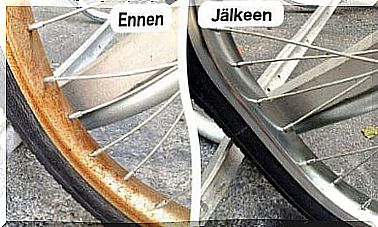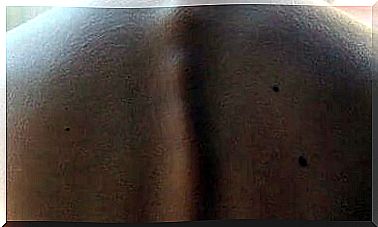Fenistil: A Good Treatment For Stings, Burns And Hives
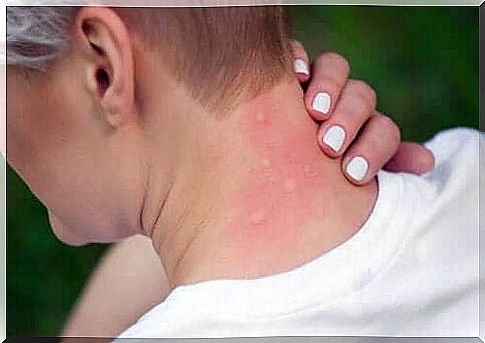
Taking care of your skin is important at any time of the year. However, it is especially important on sunny or hot days when the skin needs to be protected from insect bites, sunburn and allergic reactions. Fenistil is a good external medicine for all these conditions.
Fenistil is the brand name for a gel for external use. The active ingredient in this gel is dimethylene maleate . This ingredient belongs to the group of antihistamines and is used to treat allergic reactions, superficial burns and itching caused by insect bites.
In this article, we’ll talk more about Fenistil and how that drug works.
How does Fenistil work?
Fenistil is a topical gel that relieves itching caused by irritated skin. It has the effect of local anesthesia, which soothes itching caused by allergies, stings or burns.
Side effects
Some people are allergic to dimethindene maleate or other ingredients in the gel. Make sure you check the list of ingredients and do not use it by anyone who is allergic to the ingredients in the gel.
An allergic person may experience anaphylactic shock, which can be fatal. You should also avoid prolonged sun exposure in the treated area and not use the gel on areas of skin with open wounds.
Pregnant or breast-feeding women should see a doctor or talk to their pharmacist before taking Fenistil. In such cases, women should also avoid applying the medicine to large areas of skin and not apply it to the nipple area.
Next, we will talk about the following features of Fenistil:
- How does it work
- Pharmacokinetics
- Side effects
Before delving deeper into these aspects, we must first fully understand the meaning of histamine, as it is an ingredient found in the body that is directly related to this drug.
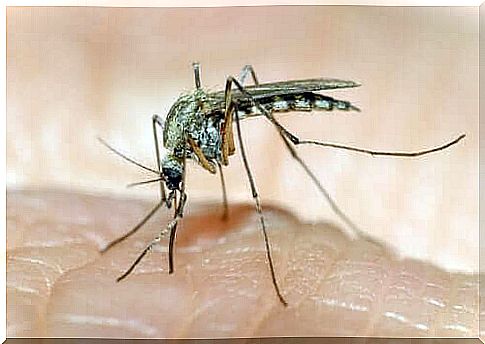
What is histamine?
Cells in the body synthesize a histamine molecule. It belongs to the group of biogenic amines . They are molecules created by biological factors.
They are produced by a biochemical reaction called decarboxylation. This reaction is caused by an L-histidine decarboxylation enzyme in a molecule called histidine.
This enzyme is also produced by the bacterial growth of the gut and the food we eat. Thus, they are able to synthesize histidine.
Overall, histamine is involved in the local response of the immune system. It also helps regulate normal gastric function and the central nervous system neuronal transfer system.
The functions of histamine essentially include:
- Allergies : Histamine is immediately addressed for hypersensitivity reactions and allergic reactions. Therefore, it directly affects both the humoral and cell-mediated immune response. In addition, it acts as a primary mediator in immediate hypersensitivity reactions.
- Neurotransmitter : Histamine may act as a neuromodulator, modulating or regulating responses to other neurotransmitters.
- Cardiovascular regulation : This substance is vasodilator due to its interaction with H1 and H2 receptors, which are distributed in all resistant arteries and almost all parts of the vascular network. This function is very important to understand the effectiveness of Fenistil.
- Extravascular Smooth Muscles: It causes contractions in smooth muscles.
- Gastric fluid: This molecule helps promote gastric fluid secretion and triggers abundant acid secretion by parietal cells.
How does Fenistil work?
Dimethindene maleate , the active ingredient in Fenistil, interacts inversely with histamine H1 receptors. It reduces the immediate hypersensitivity reactions associated with vascular hypersensitivity by inhibiting the binding of histamine to H1 receptors.
At low concentrations, it stimulates histamine methyltransferase, which removes histamine activation. In addition, dimethylene maleate also has anesthetic properties when used topically.

Pharmacokinetics and side effects
Fenistil gel penetrates the skin quickly and releases its antihistamine effects within a few minutes. Its effect reaches its maximum level after 1-4 hours. Following topical application, the absorption of dimethindene maleate is approximately 10% of the administered dose.
This medicine may have side effects. However, they are usually very mild and only occur in the area where the medicine was applied.
Therefore, some side effects include:
- Dry skin
- Burning sensation on the skin
- Allergic rash
Have you ever heard of this topical medicine? If you have any questions or concerns about this, you should discuss its use with your pharmacist or doctor.
Remember that it should be used with caution to avoid possible side effects.


